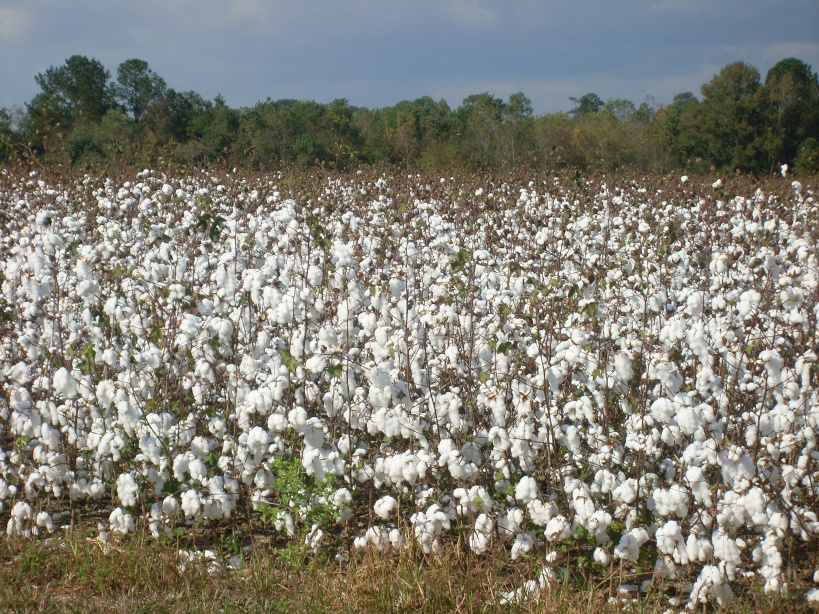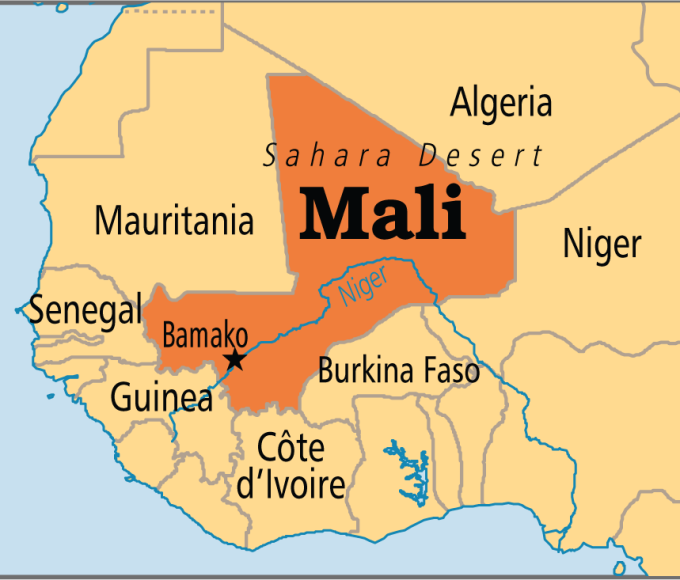
Mali’s Cotton Production Expected to Drop By 17% in 2024/25 After Reclaiming First Spot In 2023

Mali has reaffirmed its dominance as the leading cotton producer in the CFA zone for the 2023/2024 agricultural campaign, surpassing Benin with a production of 690,000 tonnes of seed cotton.
However, initial forecasts for the ongoing 2024/2025 season suggest a potential shift in this, as Mali’s production is expected to drop significantly by 17 per cent.
According to the latest estimates from the Regional Integrated Cotton Production Programme in Africa (PR-PICA), Mali’s seed cotton harvest is projected at 569,300 tonnes for the 2024/2025 campaign.
This would represent a 17 per cent decline from last year’s output, attributed to a combination of adverse weather conditions and a reduction in cotton-sown areas.
Meanwhile, Benin, a strong competitor is forecasted to harvest 669,000 tonnes in 2024/2025.
If these estimates materialise, Benin could regain the top spot it held prior to Mali’s resurgence in the 2023/2024 campaign.
The decline in Mali’s production is closely tied to unfavourable climatic events that have affected the region, according to the report.
The report also highlighted widespread flooding in October, which caused localised plot losses and basal capsule rot across several CFA zone countries.
In Mali alone, floods had impacted over 875,000 hectares of cultivated land as of September 30, according to FAO data.
Mali also saw an 11 per cent reduction in the area sown with cotton for the 2024/2025 campaign, shrinking to 623,042 hectares.
These factors have combined to dampen the country’s production outlook, raising concerns for a sector that is deemed a cornerstone of the Malian economy.
Read Also: Mali Retains Top Spot As Leading Cotton Producer In West, Central Africa
Niger Bans Export of Metal Scraps to Optimise Country’s Resources
About The Author
Related Articles
The American Airstrike in Nigeria Wasn’t Just About Terrorism — It Exposed That Nigeria Is No Longer a Sovereign Nation
On Christmas Day, a foreign military bombed Nigerian soil, and Nigerians did...
ByWest Africa WeeklyDecember 26, 2025Niger’s Tiani Sets Out “Security First” Doctrine at AES Summit, Signals Complete Break from Old Order
At the AES summit bringing together Burkina Faso, Mali, and Niger, Niger’s...
ByWest Africa WeeklyDecember 23, 2025AES Confederation Launches Television Network in Push for Media Sovereignty
Meeting in Bamako, the three Heads of State of the Confederation of...
ByWest Africa WeeklyDecember 23, 2025Gold Sector Revival Expected to Drive Mali Growth Next Year
The International Monetary Fund has projected that Mali’s economy will return to...
ByWest Africa WeeklyDecember 22, 2025












Leave a comment